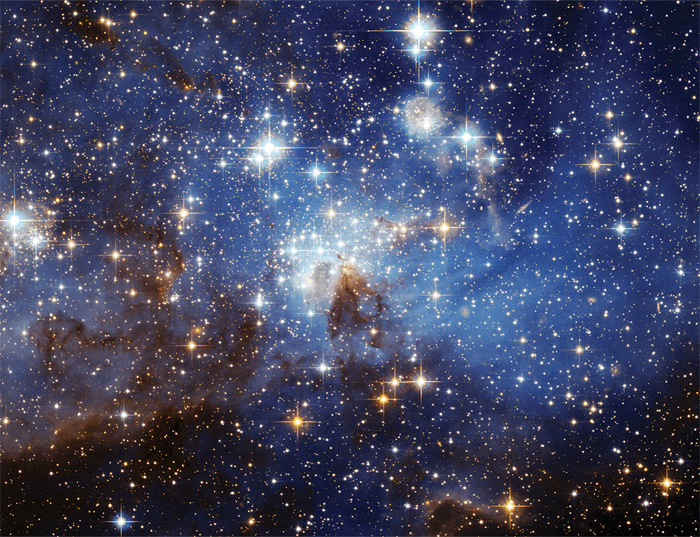.

The assumption that the cosmos is symmetrical over large scales is an elegant one, but how far must evidence deviate from expectations before we rethink it?
.
"THE great tragedy of science," as Victorian biologist Thomas Huxley observed, is "the slaying of a beautiful hypothesis by an ugly fact". He was talking about the origins of life, but scientists of all stripes would have agreed – perhaps more today than ever.
The beautiful idea at hand: the universe looks much the same no matter which direction you look in, and no matter where you are. The ugly fact: it doesn't. Our hope that the universe is symmetrical, or homogeneous, at very large scales just doesn't seem to be coming true (see "Embrace the lumpiverse: How mess kills dark energy").
Why did we ever think it would? Because humans find symmetry beautiful, and because scientists have to come to expect that "beauty is truth, truth beauty", as John Keats put it. It often seems to work out that way: from the elegance of DNA's double-helix structure to the existence of antimatter – found" first in a beautifully proportioned equation by Paul Dirac. "The elegant universe" has become a rallying cry among physicists seeking deeper truths, be it in the mirror-particle world of supersymmetry or the higher dimensions of string theory.
But Keats was a Romantic poet, not a scientist; and beauty lies in the eye of the beholder. Few non-mathematicians would find it in Dirac's equation. And the universe is under no obligation to satisfy anyone's aesthetic preferences.
So while we shouldn't belittle this conviction, we shouldn't be blinded by it, either. In cosmology, for example, simplicity has also been a matter of expediency. Only by assuming homogeneity can we solve the fiendishly complex equations that Einstein used to describe the universe's evolution.
Some cosmologists suspect this to be an oversimplification that has caused our theories to diverge from observations, with the result that we have had to conjure up spectres such as dark matter and dark energy to bring them back together again. This is still a minority view, but one worth exploring. While it is a radical departure from the cosmological thinking of the past century, it is also in some ways an elegant solution. That's because the view that the cosmos is not uniform allows us to advance our understanding without invoking ever more entities or jeopardising general relativity – whose own beauty has also gone unslain by ugly fact for a century.
Might other branches of physics be better off if they abandoned aestheticism? The standard model of particle physics, peerlessly precise though its predictions might be, is often criticised for its lack of a unifying scheme: it is a hotchpotch of theories that has proved supremely successful at describing how the universe's building blocks behave but not necessarily why they behave the way they do. Numerous attempts have been made to unify and expand it within more elegant schemes. So far, however, nature has been disinclined to reward scientists with hard evidence.
So must we endure a universe that offends our sensibilities? Perhaps for consolation we could look to the founder of the scientific method. "There is no excellent beauty that hath not some strangeness in the proportion," said Elizabethan philosopher Francis Bacon – a sentiment rather lost in the din of modern science.
A less-ordered universe might be less pleasing to the mind's eye, and in some cases less tractable. But perhaps it's time we stopped trying so hard to find the truth through beauty, and instead try a bit harder to find beauty in the truth of ugly facts.
Quelle: NewScientist
5016 Views
